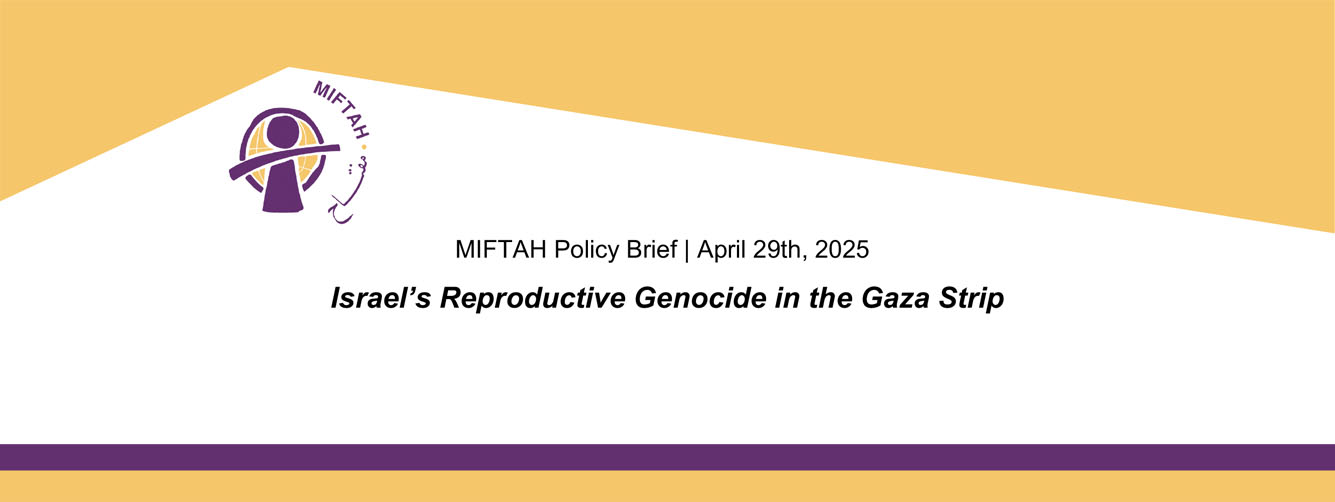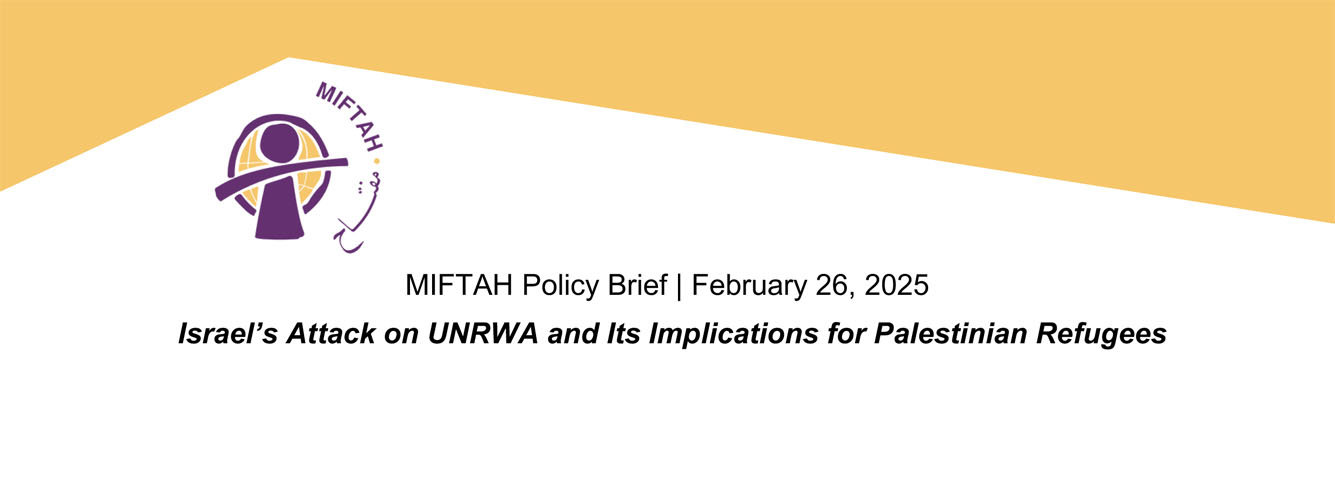On 27 and 28 June 2006, the Israeli military attacked the Occupied Gaza Strip, bombing 3 bridges and its only domestic electricity source, the Gaza power plant, which provided approximately 50 per cent of the Gaza Strip’s electricity.1 Between 08:00 27 June and 08:00 08 July, Israeli military operations in the Gaza Strip killed 39 Palestinians and injured 111. In the past several days, there has been a dramatic increase in the death toll, with 30 Palestinians, out of the total 39, killed in the 48-hour period between 08:00 06 July and 08:00 08 July.
In the days since Israel’s massive military offensive began, the Israeli military has fired hundreds of artillery shells and tens of missiles into the Gaza Strip, causing widespread destruction of Palestinian property. Israeli F16 combat aircraft have repeatedly patrolled the skies over the Gaza Strip, carried out diversionary air raids, and broke the sound barrier, breaking the windows of many civilian houses and causing massive psychological damage to the civilian population – some 1.4 million residents, of whom, approximately 50 per cent are under 15 years of age. Israel’s recent military attack has worsened the already severe humanitarian situation caused, primarily, by Israel’s repeated closure of Gaza crossing points.
The Israeli military has characterized its actions as a response to an armed Palestinian group’s 25 June capture of an Israeli soldier during an attack on an Israeli army post near Karm Abu Salim (Karem Shalom) Crossing, as well as due to Palestinian individuals’ firing of mortars towards Israel. Yet, through its attack on the Gaza Strip, particularly its infrastructure, Israel is collectively punishing the Palestinian civilian population. Collective punishment on the part of an occupying power is prohibited by International Humanitarian Law, which stipulates that protected persons may not be punished for an offence that they did not personally commit.2 All collective penalties and all measures of intimidation against this population are therefore illegal and prohibited.
Moreover, Israel’s military attacks and related recent actions in the Gaza Strip have been grossly disproportionate.3 State practice prohibits the launching of an attack that may cause incidental injury or damage to civilians that would be excessive in relation to the anticipated military advantage. In this case, the degree of harm inflicted on the Palestinian civilian population is manifestly disproportionate to the threat posed by the attacks carried out by Palestinian individuals, the overwhelming majority of which result in no Israeli casualties4.
Summary of Events
At 06:35 on 25 June, an armed Palestinian group attacked an Israeli army post near Karm Abu Salim (Karem Shalom) Crossing and captured an Israeli soldier. Immediately following the attack, the Israeli army reinforced the pre-existing concentration of its armed forces along the northern and eastern borders of the Gaza Strip; carried out a limited incursion into the eastern Rafah district; imposed a sea blockade that has prevented Palestinian fishing boats from sailing; and closed crossings into the Gaza Strip. Of 7 total crossings, 6 were closed and 1 was partially open, as of 08:00 08 July.5 On 27 and 28 June, the Israeli military expanded the scope of its military operation by attacking infrastructure in the Gaza Strip, including bombing the Gaza power station and 3 bridges, thereby dividing the Gaza Strip into 3 isolated units. On the morning of 03 July, the Israeli army invaded an area 700 metres inside Palestinian territory located north and east of the town of Beit Hanun in the district of Northern Gaza. At 22:00 on 05 July, the Israeli army again expanded the scope of its incursion by taking control of the debris of the evacuated settlements of Eli Sinai and Dugit north of the town of Beit Lahiya (where the Israeli army has imposed a free fire zone through open fire as well as artillery and air attacks since 28 December 2005). In addition, the Israeli army re-captured the areas of Al ‘Atatira and Al Waha, north and northwest of the town of Beit Lahiya, and levelled agricultural land.
As of 08:00 08 July, the Israeli army was positioned in areas located north and east of the town of Beit Hanun, north and northwest of the town of Beit Lahiya, and east of the town of Jabalya.
From 08:00 27 June – 08:00 08 July, the Israeli military carried out 227 attacks on the Gaza Strip, including 81 air attacks by Israeli F16s, UAVs and helicopters firing over 100 missiles into the Gaza Strip. Additionally, the Israeli military fired some 800 artillery and other shells into the Gaza Strip and Israeli military aircraft, including F16s, have carried out over 185 air patrols. During this period, Israeli military operations resulted in the deaths of 39 Palestinians – including 30 civilians, 5 Palestinian security officers, 1 Palestinian Naval officer and 3 armed individuals. In addition to those killed, 111 Palestinians were injured.
To View the Full Report as PDF (92 KB)







